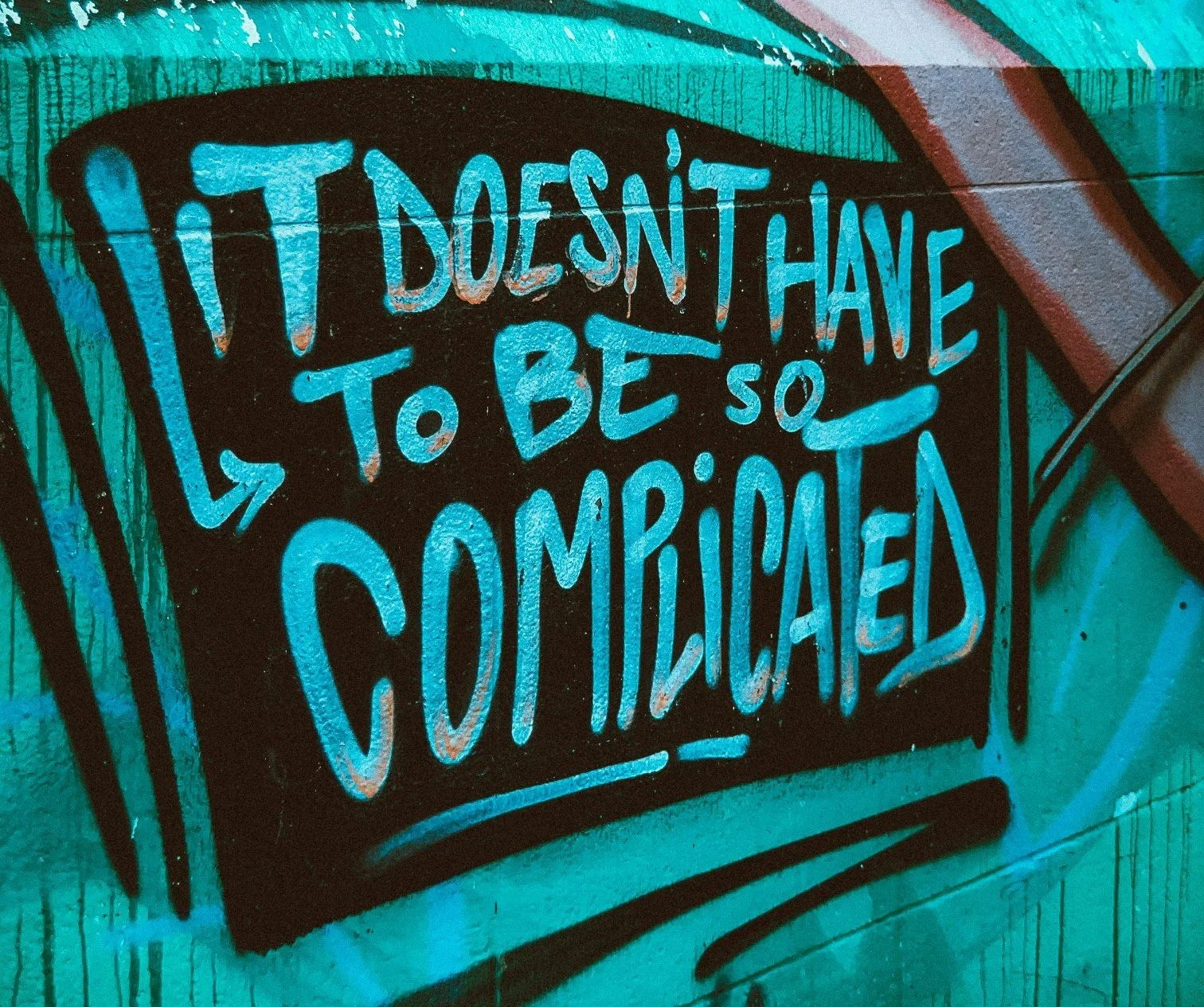“I don’t know.” Why three words reveal so much.
Photo: John Tyson
The Female Quotient recently quoted a Harvard Business Review piece that discusses how women come prepared to meetings - and aren’t afraid to admit what they don’t know, which helps move conversation and creativity forward.
That’s because there’s a quiet power in saying, “I don’t know.”
In communications, those three words can make or break trust. Over the years, I’ve had to say them often, especially when working with journalists. Sometimes they’d ask a question I couldn’t answer yet. Other times, the facts were still developing. Or, in other cases, I just honestly didn’t know the answers. In those moments, the honest answer, “I don’t know, but I’ll find out,” goes much further than trying to fill the silence with guesses. And, saves a lot of time on the other end having to clean up mistakes.
“I don’t know” isn’t an admission of weakness. It’s a commitment to clarity. It’s how you build credibility with your team, clients, partners, and audience.
I’ve used it during interviews – for better or for worse, but it’s been the truth. How would I improve strategy or engagement? “I don’t know. I’d have to look at your data, your history, your goals.” What would I change about the team? “I’m not sure yet, a few ideas might include these additions to help carry the weight, but I won’t know until I speak with the team and see the internals workings.”
Good communicators understand that accuracy matters more than speed - and this takes collaboration. Strong leaders also know the same thing: they surround themselves with people whose talents, skills, and experiences fill the gaps. They listen, ask, and learn.
10F Communications believes great communication starts with humility and ends with alignment. The work is more efficient when you check your facts, and stronger when you revisit your assumptions, and lean on the collective intelligence and insights of those around you.
Saying “I don’t know” isn’t the end of a conversation - it’s the beginning of a better one.

